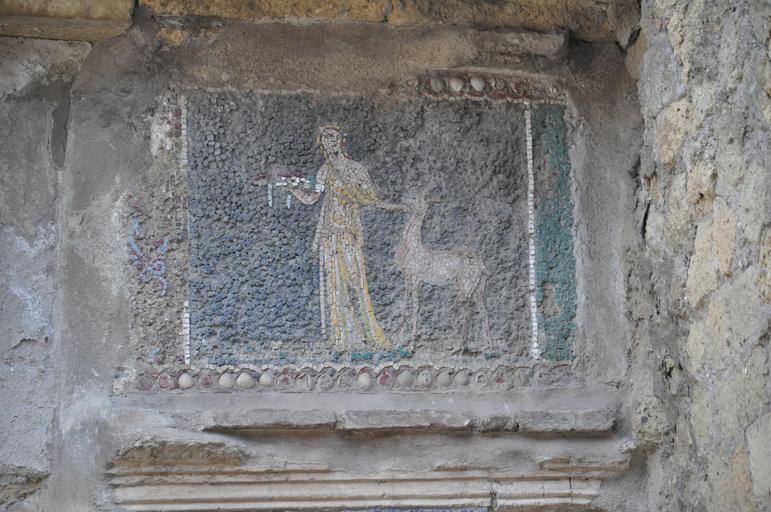MAKE A MEME
View Large Image

| View Original: | Herculaneum.jpg (3216x2136) | |||
| Download: | Original | Medium | Small | Thumb |
| Courtesy of: | www.flickr.com | More Like This | ||
| Keywords: texture "Located in the shadow of Mount Vesuvius, Herculaneum (Italian: Ercolano) was an ancient Roman town destroyed by volcanic pyroclastic flows in 79 AD. Its ruins are located in the commune of Ercolano, Campania, Italy. It is most famous for having been lost, along with Pompeii, Stabiae, Oplontis and the neighborhood of Monte Bursaccio in Boscoreale, in the eruption of Mount Vesuvius in AD 79 that buried it in superheated pyroclastic material. It is also famous as one of the few ancient cities that can now be seen in almost its original splendor; unlike Pompeii, it was mainly affected by pyroclastic flows, thus preserving the wooden objects such as roof tops, building beams, beds, doors, and even food. Moreover, Herculaneum was a wealthier town than Pompeii, possessing an extraordinary density of fine houses, and far more lavish use of colored marble cladding. The discovery in recent years of some 300 skeletons along the sea shore came as a surprise, as it had been assumed that the town had been evacuated." ~Wikipedia "Located in the shadow of Mount Vesuvius, Herculaneum (Italian: Ercolano) was an ancient Roman town destroyed by volcanic pyroclastic flows in 79 AD. Its ruins are located in the commune of Ercolano, Campania, Italy. It is most famous for having been lost, along with Pompeii, Stabiae, Oplontis and the neighborhood of Monte Bursaccio in Boscoreale, in the eruption of Mount Vesuvius in AD 79 that buried it in superheated pyroclastic material. It is also famous as one of the few ancient cities that can now be seen in almost its original splendor; unlike Pompeii, it was mainly affected by pyroclastic flows, thus preserving the wooden objects such as roof tops, building beams, beds, doors, and even food. Moreover, Herculaneum was a wealthier town than Pompeii, possessing an extraordinary density of fine houses, and far more lavish use of colored marble cladding. The discovery in recent years of some 300 skeletons along the sea shore came as a surprise, as it had been assumed that the town had been evacuated." ~Wikipedia | ||||